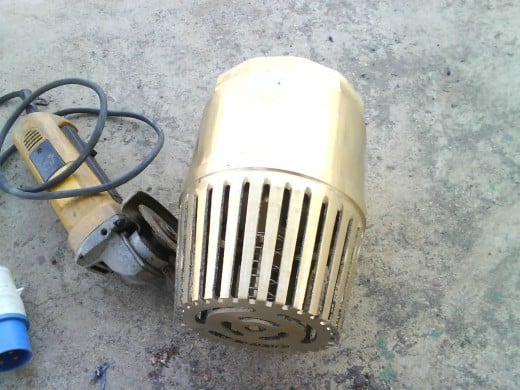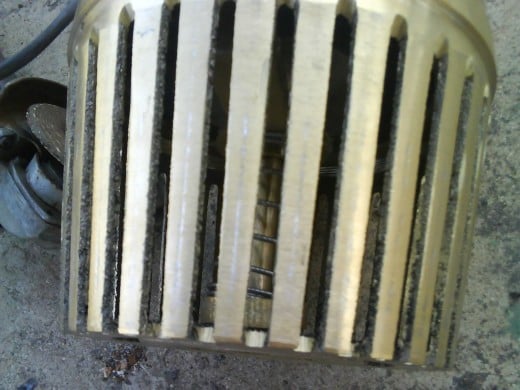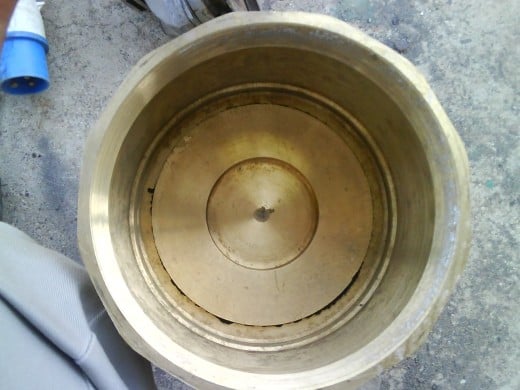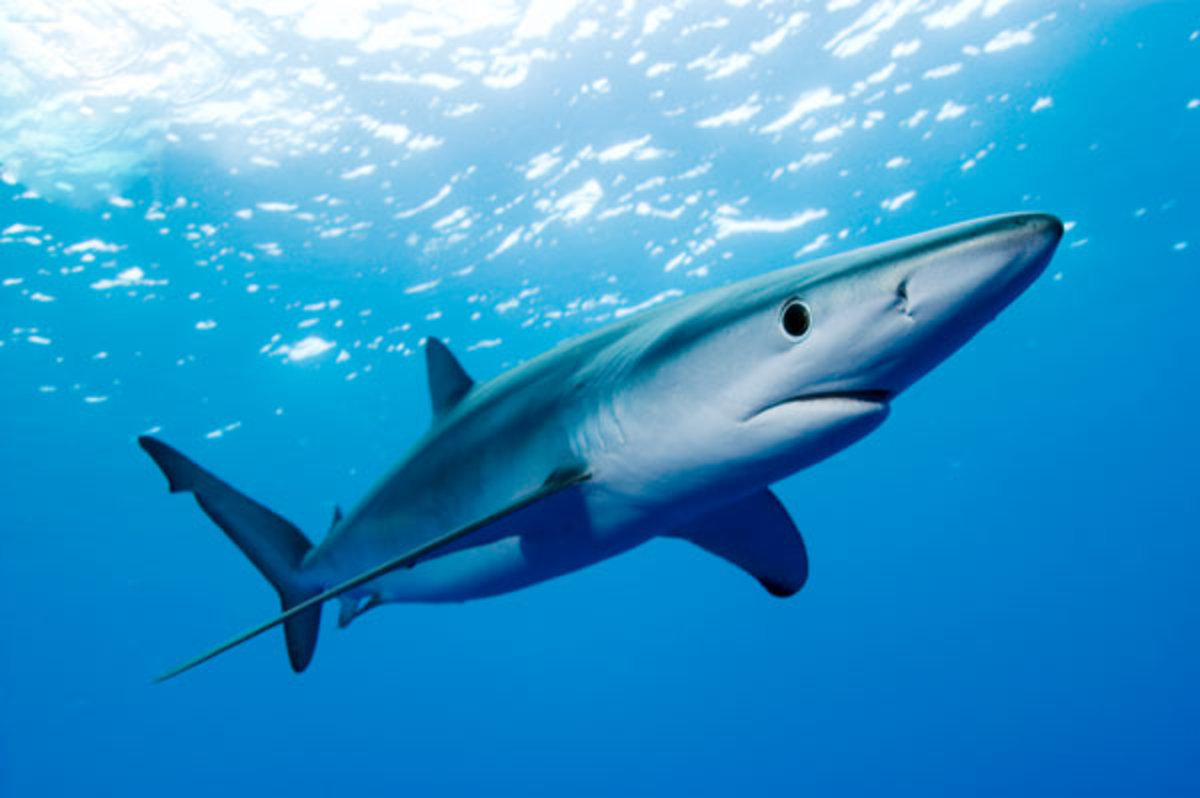Pump Piping, Components and their arrangement
This article describes the process piping design with emphasis on components of piping installed on a typical centrifugal pump. Purpose of installing different components e.g. block valves, strainer, check valve, foot valve is also discussed here. Figure 1 shows a typical pump and its piping. Figure 2 labels the piping components followed by description of components.
Piping layout described here is of a water pump but it also applies to other pumps as well.
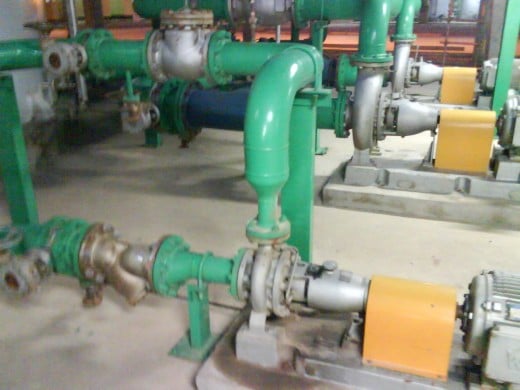
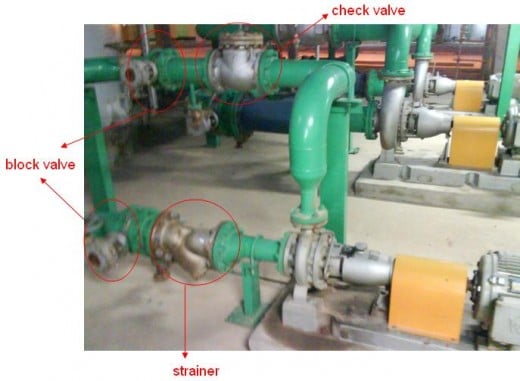
Block Valve
Pumps often need repairs. Sometimes mechanical seal leakages occur. Pump bearings also need replacement. In order to carry out such repairs pump needs to isolated. It should have no process fluid so that it can be worked upon.
Installing block valves ensures that no liquid flows towards pump due to gravity. Block valves are installed upstream and downstream of pump.
Strainer
A strainer is a 'filter' that prevents undesirable solid particles to flow upstream and clog the equipments. A strainer contains a mesh that prevents the particles from flowing through it. Two main types of strainers are: y-type strainers and basket strainers.
Y-type strainers (shown in figure) are used for relatively clean fluids while basket type strainers are used where greater amounts of particles are present.
Check valve
Check valves are those piping valves that prevent backflow. Lets say a running pump malfunctions and stops giving flow. The fluid which has been pumped upstream would try to flow back towards the pump. In order to stop this from happening a check valve is used. A check valve allows flow in one direction only i.e. towards upstream only.
Foot Valve
Pumps need to be primed before they can be run. A pump would never take suction until and unless it is primed. Priming the pump is simply filling the suction piping of the pump with process fluid. In order to keep the suction of a pump filled e.g. of any pump that "lifts" the flow i.e. which takes the flow from a pit or tank, a foot valve is used. It's a type of an NRV or non-return valve.
A simple foot valve may be spring loaded. Spring pushes a plate against the seat of the valve. Once the pump is started and flow starts the plate of foot valve rises overcoming the force exerted by the spring. And when pump is shut down the plate returns to seat due to the force exerted by the spring.
